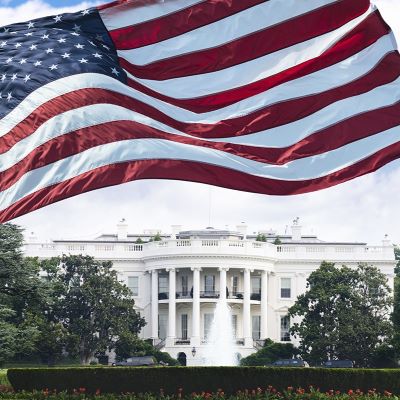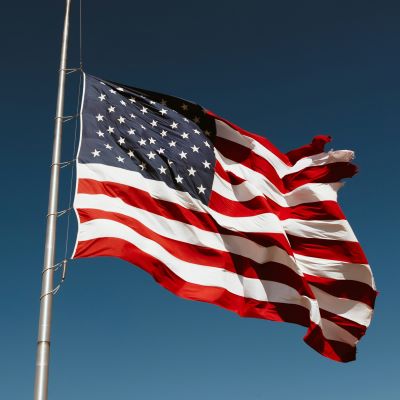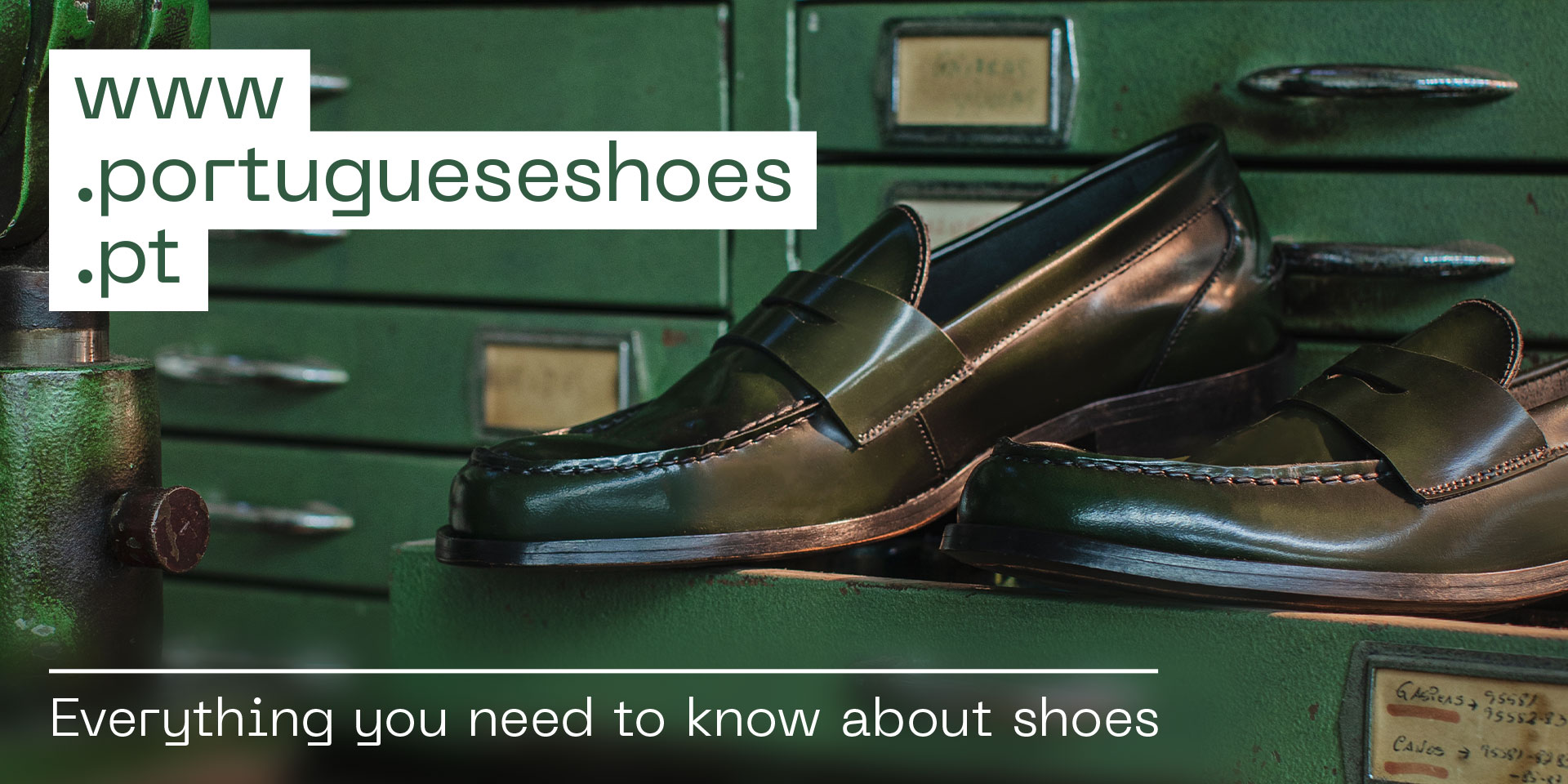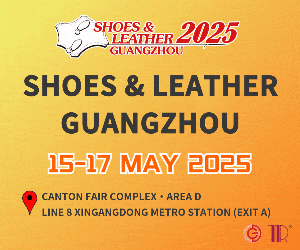Retail and business organisations express concern over Trump’s new tariffs
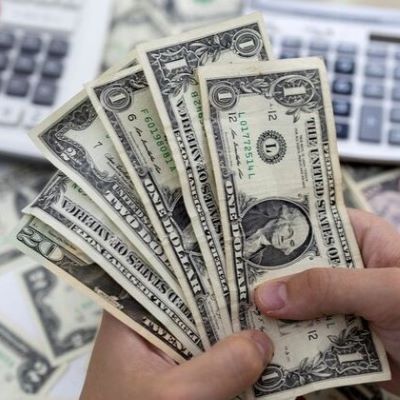
Retail and business organisations from the US and around the world have voiced their concerns over President Donald Trump’s announcement of new tariffs. Read some of these reactions
“More tariffs equal more anxiety and uncertainty for American businesses and consumers. While leaders in Washington may not care about higher prices, hardworking American families do”, said David French, executive vice president of government relations for the National Retail Federation, in response to the US administration’s recent announcement of reciprocal tariffs.
Along the same line, Steve Lamar, President and CEO of the American Apparel & Footwear Association (AAFA), recalled that “before today’s so-called ‘Liberation Day,’ the average tariff on clothes, shoes, and accessories, necessities every American must buy, was already more than five times higher than on other US imports”.
Matt Priest, president and chief executive of the Footwear Distributors and Retailers of America (FDRA), said: “We had hoped the president would take a more targeted approach, but these broad tariffs will only drive-up costs, reduce product quality and weaken consumer confidence”.
US Companies
For US companies, the number one issue is cost, which raises concerns about how to remain profitable in such an environment. Matt Priest, who hosted a conference call with more than 600 industry participants, pointed out that “a pair of sneakers out of Vietnam used to be 20%. It’s going to be 66%. Men’s or women’s leather shoes out of China used to be 10% —that’s now 71%. These are just untenable from a costing and profitability perspective”.In addition, “the immediate implementation of these tariffs is a massive undertaking and requires both advance notice and substantial preparation by the millions of US businesses that will be directly impacted”, stressed David French.
Jay Timmons, president of the National Association of Manufacturers, said that “the high costs of new tariffs threatened investment, jobs, supply chains and, in turn, America’s ability to outcompete other nations and lead as the pre-eminent manufacturing superpower”.
Footwear Industry Organisations
The Federation of the Spanish Footwear Industry (FICE) has warned of the economic and labour consequences of the increase in US tariffs on Spanish footwear. As the US is the main destination outside the European Community for Spanish footwear exports, there is considerable “uncertainty” among companies, as the new 20% tariff increase will be applied on top of existing tariffs on footwear, so Spain will see an average increase of around 30%.Salvador Gómez, Secretary General of FICE, stressed that “this increase in tariffs is a blow to the international sales of companies and to the economy of the footwear producing regions of Spain, but it also jeopardises the sustainability and creation of jobs in the sector in the short term”.
The Portuguese footwear industry has issued a statement in which it reiterates its rejection of protectionist measures, but says it won’t give up on the US market. According to Paulo Gonçalves, APICCAPS spokesperson, “the sector is now in a much better position to approach the US market, especially after the investments made in automation and sustainability”.
In the immediate term, explained Vasco Rodrigues of the Catholic University of Porto, “these tariffs mean that imported footwear will become more expensive, which will discourage consumption”. However, given the differences in tariffs imposed on footwear from different countries, “this decision represents an opportunity to strengthen the market share of Portuguese footwear in the US”, he stresses.
On the other hand, “Chinese and Vietnamese producers will certainly step up their efforts to penetrate the European market and other regions. Portuguese producers will have to prepare for increased competition in their traditional markets”, he added.
A similar thought was expressed by the Brazilian Footwear Industries Association (Abicalçados). If on the one hand the additional 10% tariff for Brazilian products could open a window of opportunity in the face of the higher tax announced for Asian competitors, on the other hand, it could also lead to a flood of footwear from that continent into important markets for Brazil, and even into the domestic market.
Image Credits: money.usnews.com




